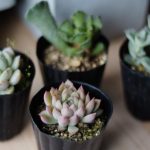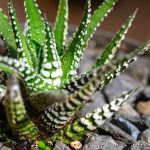For succulent enthusiasts and novice gardeners alike, the captivating Zebra Haworthia is a delightful addition to any indoor or outdoor collection. Delve into the complete care regimen for the rare Haworthiopsis fasciata, covering everything from initial planting to successful propagation.
Meet the charming Zebra Plant, scientifically known as Haworthiopsis fasciata, renowned for its spiky foliage adorned with distinctive white stripes that contribute to its exotic allure.
Regarded as a rarity, Haworthiopsis fasciata is often mislabeled due to its uniqueness. However, don’t be deterred by its uncommon status, as caring for this succulent is surprisingly straightforward.
Uncover all the essential insights in this comprehensive manual to ensure optimal care for your Zebra Haworthia, and perhaps even master the art of propagating to expand your plant collection.
Zebra Haworthia Plant Overview
| Plant Type: Succulent | Family: Asphodelaceae |
| Genus: Haworthiopsis | Species: Haworthiopsis fasciata |
| Native Area: South Africa | Exposure: Full to partial sun |
| Height: 4-6 inches | Watering Requirements: Low |
| Pests and Diseases: Spider mites, mealybug | Maintenance: Low |
| Soil Type: Succulent mix | Hardiness Zones: 9–11 |
What Is It?

If you’re a seasoned gardener, you might be familiar with this charming succulent under the name Haworthia fasciata. Previously part of the Haworthia genus, it transitioned to a new genus Haworthiopsis in 2013 due to leaf structure differences.
The change to Haworthiopsis is straightforward, roughly meaning ‘similar in appearance to Haworthia‘. These plants are often mistaken for aloe vera because of their textured leaves and rosette shape.
While some Haworthia species were mistakenly labeled as aloes by Carl Linnaeus, these unique plants are distinct and commonly known as zebra plants.
Haworthiopsis fasciata is a rare find in cultivation, sometimes confused with the more prevalent Haworthiopsis attenuata, a widely grown species. Distinguishing between the two species can be challenging.
Haworthia fasciata vs Haworthiopsis attenuata

Differentiating between Haworthiopsis fasciata and Haworthiopsis attenuata can be challenging as they share a rosette shape and white bumps on the outer leaves. Look closer to notice that Haworthiopsis attenuata has bumps on the inside of the leaves, while Haworthiopsis fasciata is smooth.
The overall plant shape also varies, with Haworthiopsis attenuata boasting elongated leaves and Haworthiopsis fasciata having shorter, compact leaves.
Mixing up these species isn’t catastrophic as they come from the same native area and have similar care requirements.
Native Area

Haworthiopsis fasciata naturally occurs in South Africa, specifically in the Eastern Cape Province, favoring the sandy acidic soils and dry climate of the area. These charming plants are often found mingling with various succulent species, particularly aloes, in this arid landscape.
Characteristics
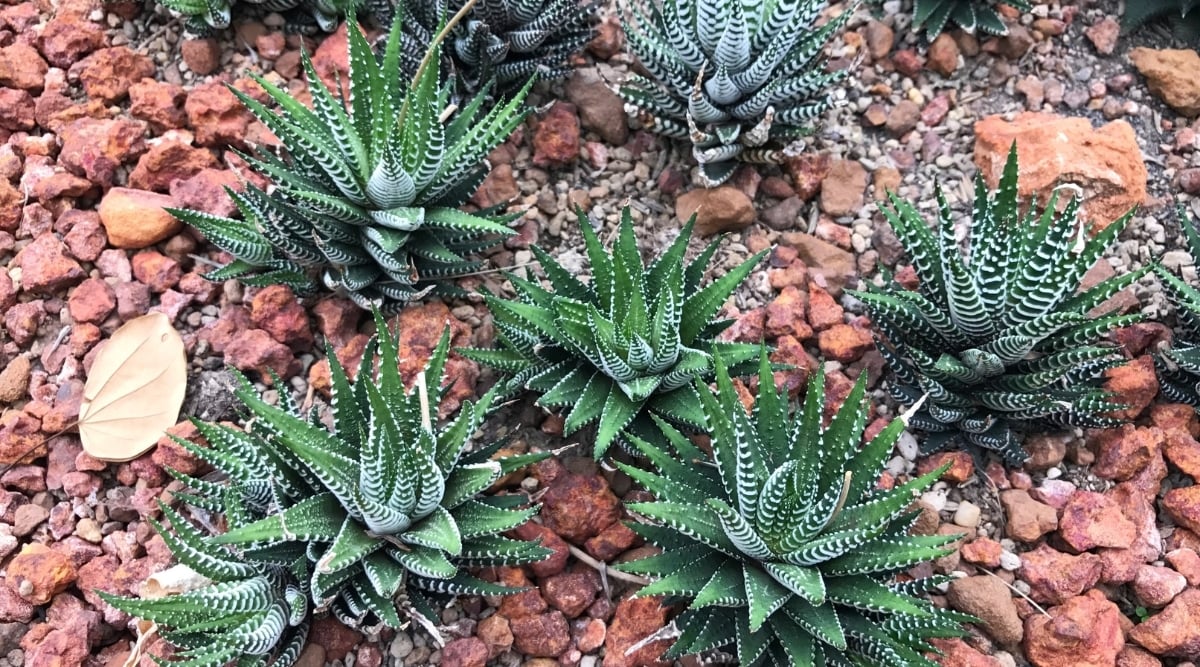
Zebra Haworthia plants exhibit a sharp, rigid structure reminiscent of aloes. Their pointed leaves fan out in a symmetrical rosette, maintaining a compact form. Each leaf showcases white striped tubercles, hence their popular name.
These plants tend to propagate in clusters, creating offsets at their base that eventually mature into independent plants. They can be showcased alone in pots or grouped with similar species to craft an arid and structured succulent garden.
Due to their origin in warm climates intolerant to extreme cold, many gardeners opt to cultivate them indoors during the frosty fall and winter seasons to shield them from harm.
With the right conditions, predominantly adequate sunlight, Zebra Plants can thrive indoors. If your living space lacks suitable lighting, it’s advisable to keep them outdoors and only bring them in during harsh temperature drops.
Planting
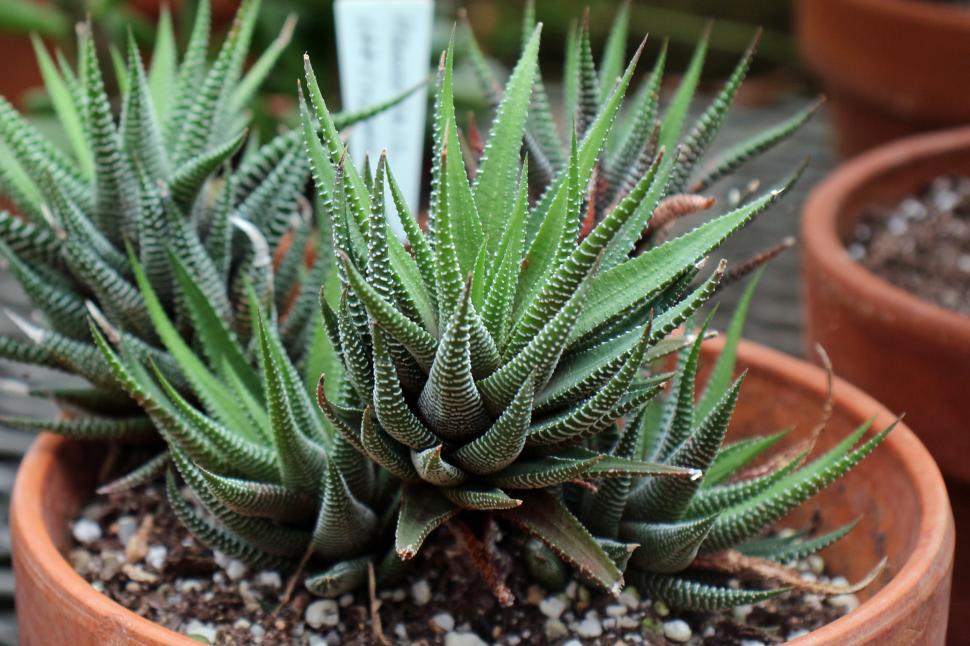
If you’ve recently acquired a zebra haworthia and plan to retain it in its original container, repotting may not be an immediate concern. These plants have compact growth habits and typically don’t demand repotting unless you aim to propagate them from offsets.
However, for those wishing to display their zebra haworthia in more decorative settings or outdoor environments within USDA zones 10 and above, specific steps should be adhered to. I prefer blending these structural plants with softer succulents in larger containers for a balanced aesthetic, but they can also stand alone beautifully.
Select a Well-Drained Container
Choosing the right container is crucial. Succulents are sensitive to overwatering and necessitate containers equipped with adequate drainage to prevent issues. Although I’ve experimented with various tricks to bypass this requirement, like layering pebbles, ultimately, drainage holes are indispensable for the plant’s longevity.
Use Gritty Soil
Opt for specialized succulent or cactus potting mix or modify your garden soil by incorporating sand and compost to create the desired gritty and slightly acidic environment that these plants thrive in.
Transplant with Care
When ready to transplant, delicately remove the zebra plant from its current pot and gently loosen the roots. If you have sensitive skin, wearing gloves is recommended as the leaf ends can be sharp. Create a small hole and place the plant, ensuring the roots are comfortably nestled before gently compacting the soil.
How to Grow
Zebra plants are remarkably resilient. I often advise gardeners, especially those new to succulent care, that they tend to thrive when left undisturbed rather than being overly pampered. Given the right conditions and periodic watering, these plants can largely fend for themselves.
Light
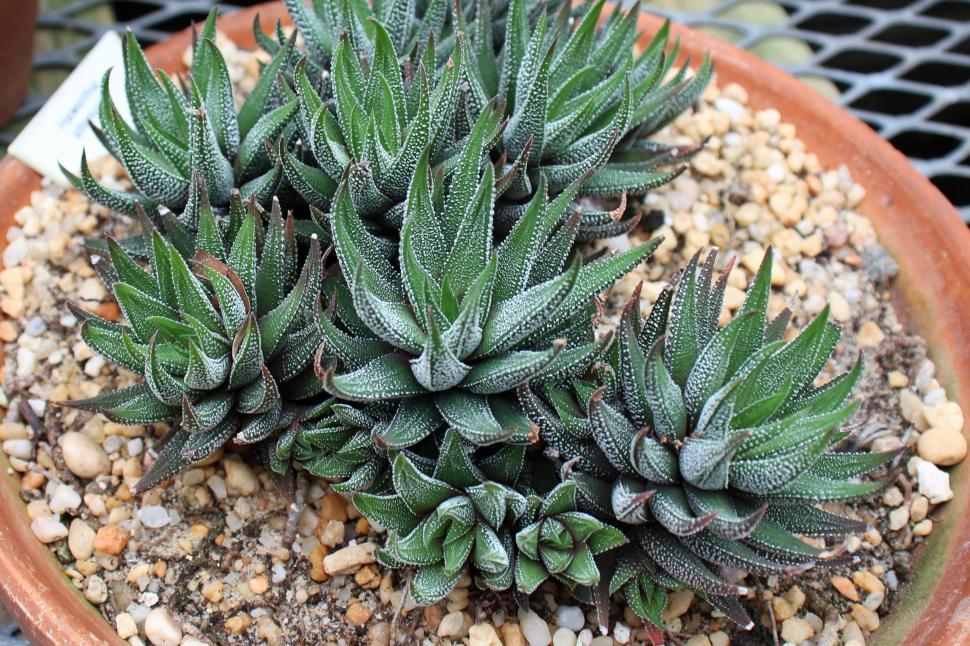
When it comes to watering these succulents, it’s important to note that they have low water requirements. Typically, they should be watered every couple of weeks, depending on the size of the container and the current growing season. Overwatering can be detrimental to Haworthiopsis fasciata, as they are sensitive to excess moisture in the soil, which can lead to root rot. It’s crucial to allow the soil to dry out completely before watering to prevent any issues.
For the soil, Haworthiopsis fasciata plants need a well-draining sandy or gritty mix that allows for swift water drainage. Whether planting them in containers or outdoor beds, using a specialized succulent and cacti potting mix or creating your mix with equal parts high-quality potting soil and sand can help maintain the right soil conditions for their growth.
These plants originate from warm climates and are not tolerant of cold temperatures. It’s essential to protect them from temperatures below 40F to prevent any permanent damage. If you’re growing them in containers outdoors, consider bringing them indoors during temperature drops or ensure you reside in a USDA zone higher than 9 to keep them outdoors year-round.
As for humidity, Haworthiopsis fasciata plants thrive in dry air similar to their natural habitats, making extra humidity unnecessary. Unlike tropical houseplants that may enjoy increased humidity levels, these succulents prefer drier conditions to ensure their well-being.
Environments with poor airflow and improper watering habits can quickly result in disease and decay, ultimately leading to the demise of the plants. Enhancing ventilation and adhering to proper watering practices can help mitigate the risk of diseases, yet zebra plants tend to thrive better in regions with lower humidity levels.
Fertilizing

Zebra plants have low feeding requirements and can tolerate substandard soils well. To maintain their optimal appearance, they benefit from a modest boost once or twice a year. During summer, apply a balanced fertilizer following the instructions on the package, allowing the plants to rest for the rest of the year.
If you notice your plant struggling due to nutrient deficiencies, consider applying another dose every three months or replanting with fresh soil entirely.
Propagation
Zebra plants are remarkably easy to propagate from offsets as they propagate and spread in clusters.
Under suitable conditions, the main plant consistently generates miniature versions of itself that can be separated to grow independently. If your plant yields one or more mature offsets that can be detached, follow these four straightforward steps to propagate them.
Remove the Plant From Its Container
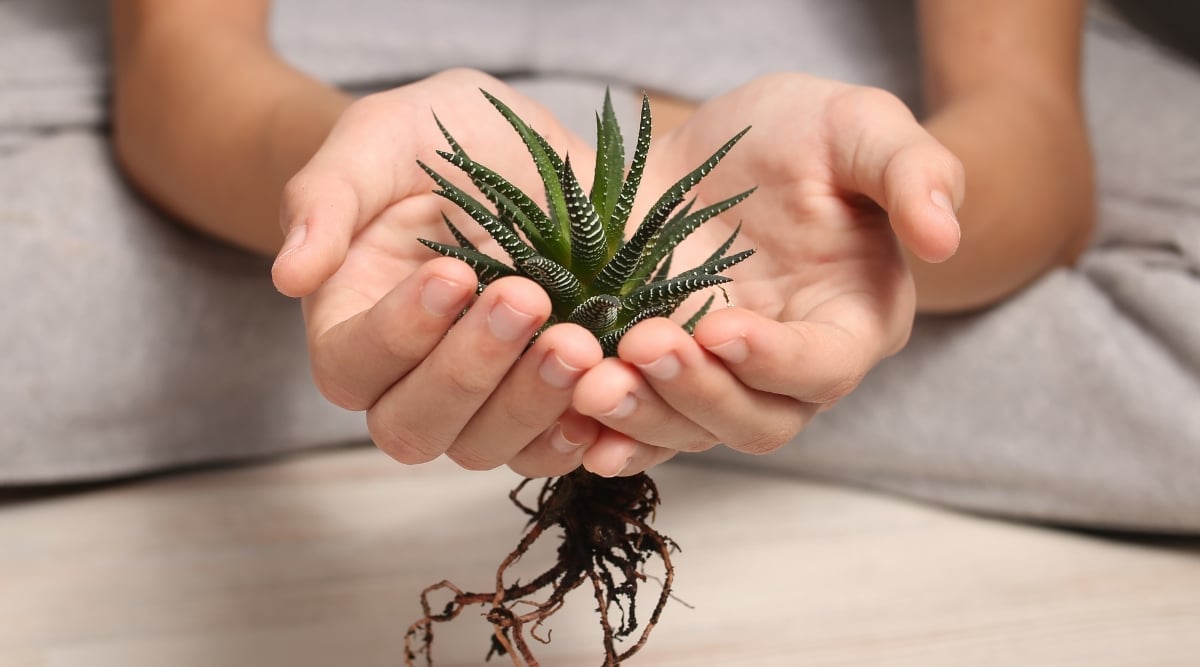
Carefully remove the plant from its existing container to examine its base closely. In case it’s stuck, gently squeeze the pot’s sides or use a knife along the edge to loosen the roots. Pull delicately to prevent damaging any of the leaves.
After full removal, gently separate the roots and eliminate some of the old soil to get a better view of where each offset connects to the main plant.
Separate the Offsets
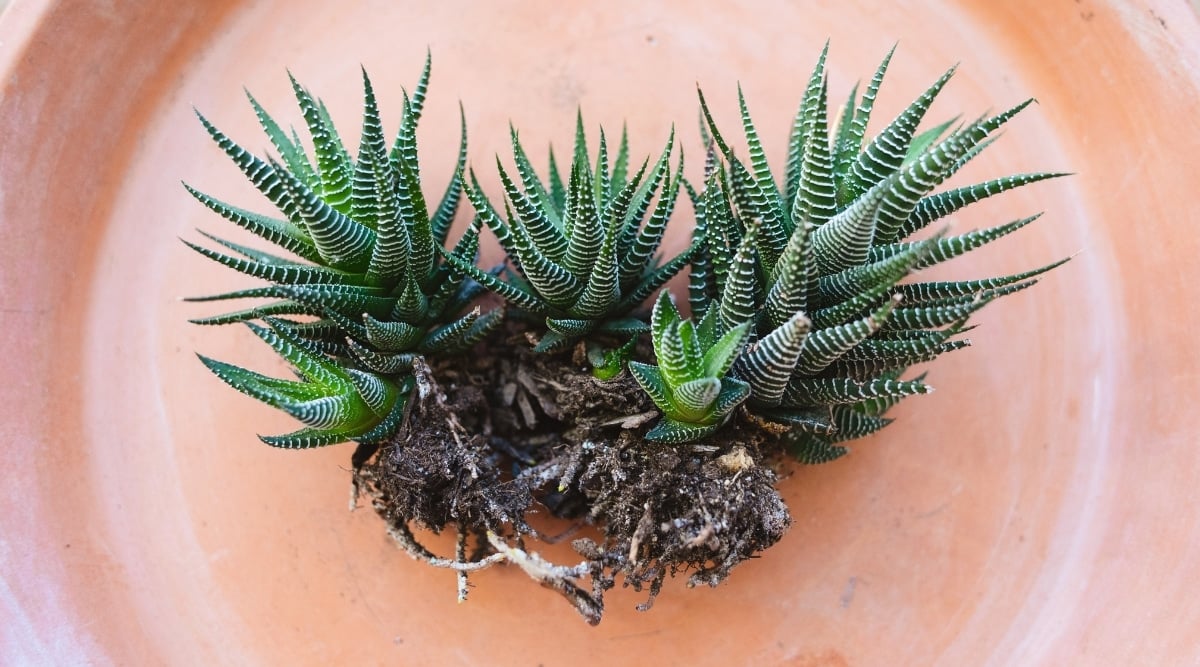
Identify the offsets that are a few inches tall and have independent roots. These can subsist autonomously without relying on the parent plant for hydration and nourishment. To detach them, gently pull them off or use a sterilized sharp knife for the separation. For any small offsets lacking roots, it’s advisable to let them develop more before detaching.
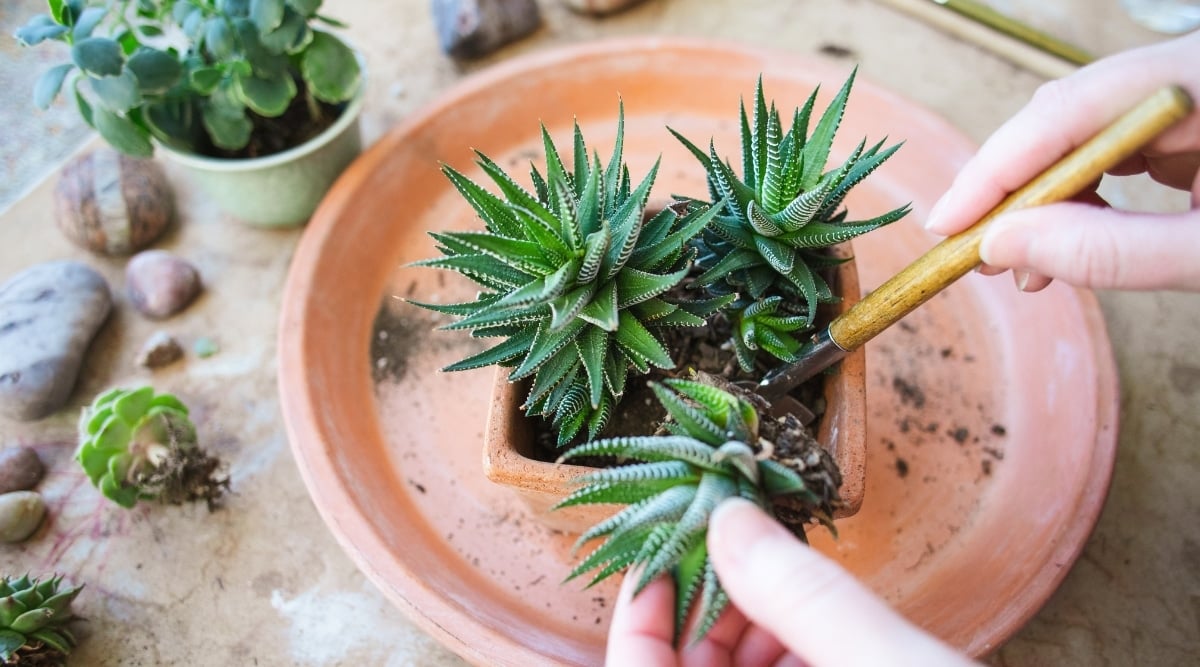
Replanting your offsets is the final step after they are ready. Get a recycled container for each, fill them with succulent potting mix, plant the offsets with gentle pressure to secure them, water lightly, and find a bright spot for them to settle in.
Repotting
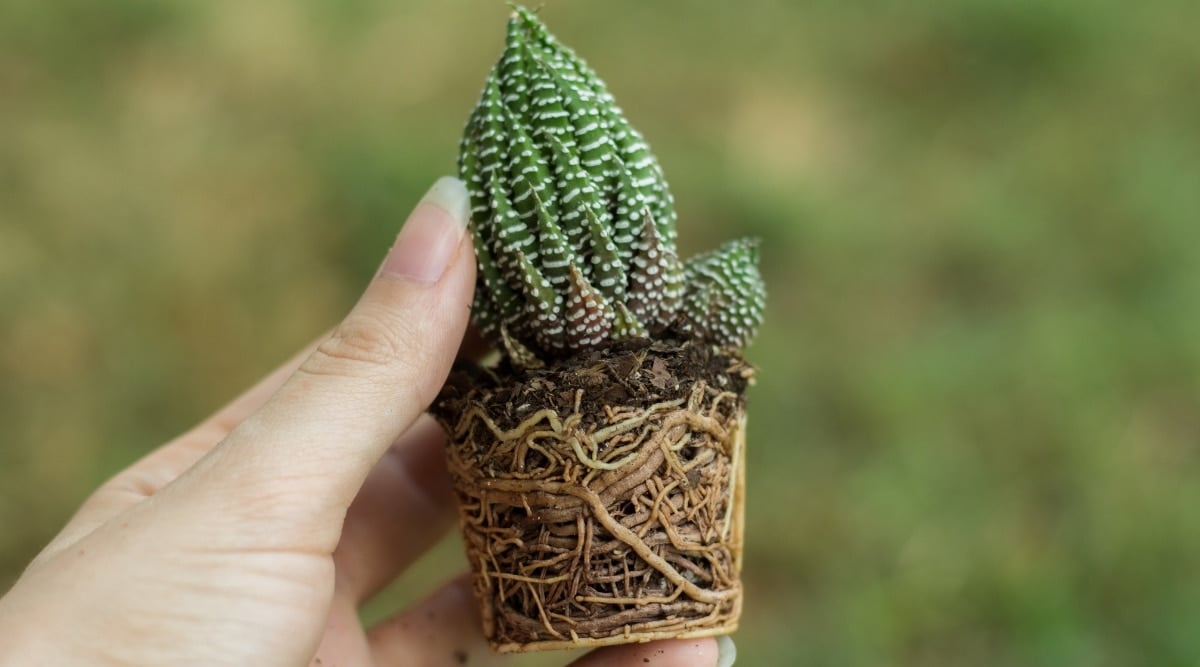
Usually, zebra plants don’t need repotting frequently unless offsets overflow or the soil needs refreshing, which occurs every two to three years depending on the plant’s development.
Repotting follows the same process as propagating from offsets. This allows you to both replant the offsets and give the main plant more space to grow in its new container. Ensure the new pot is the same size or one size up for additional room.
Common Problems
To keep your zebra plants thriving, it’s important to address common growth issues by providing the right care and environment.
Brown Leaf Tips
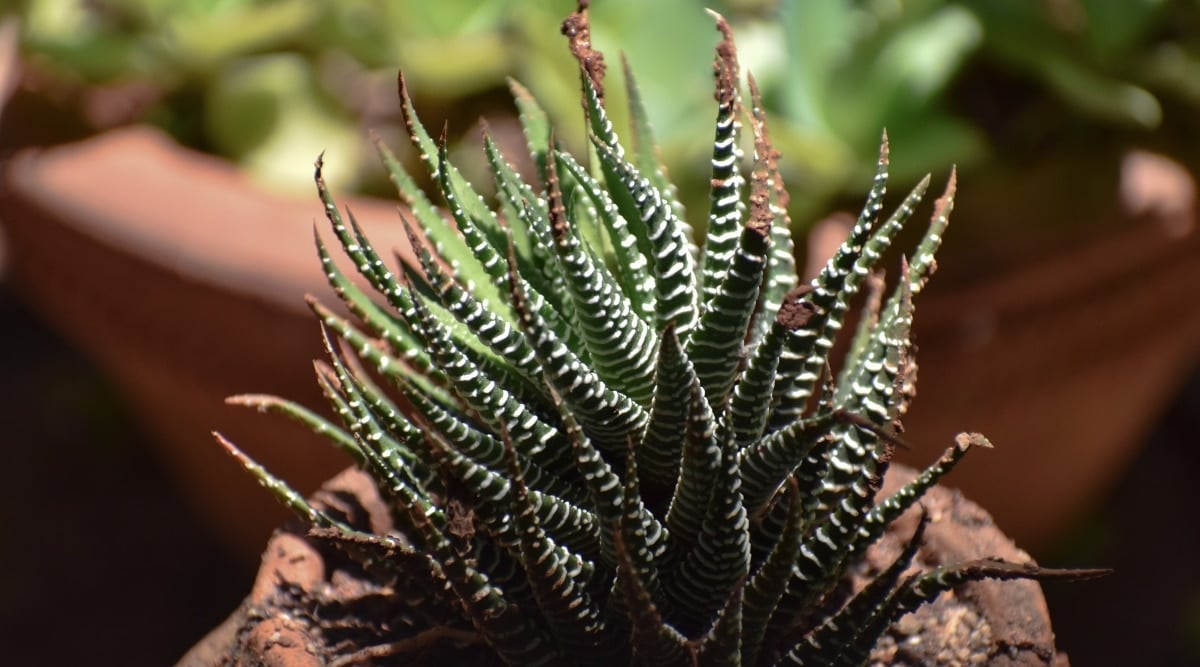
If the pointed tips of the leaves turn brown and dry, you might be underwatering your plant. This could also result from excessive sunlight or high temperatures, leading to leaf moisture loss. Adjusting the watering schedule should prevent further drying, even though the affected leaves won’t recover.
Discoloration

Notice color changes in leaves or a reddish tint in high sunlight areas, which can be a sign of stress. If the color change is severe, relocate the plant to a new spot to prevent permanent damage.
If sunlight is the likely cause, check for other stress indicators that could affect the leaves.
Soft Leaves
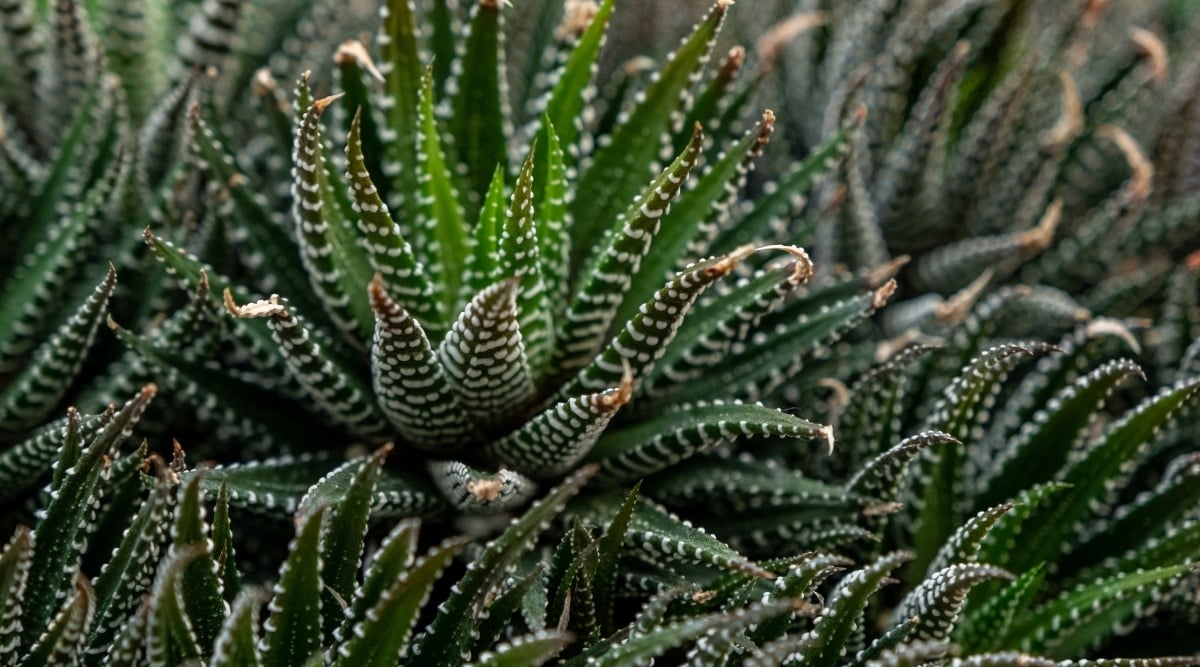
Soft, discolored leaves indicate overwatering due to poor drainage, leading to root and leaf rot. Once rot spreads, saving the plant becomes challenging. Replace the soil, trim affected roots, and attempt leaf propagation.
Pests
A Zebra Plant in its Natural Splendor

In the realm of indoor greenery, succulents stand out but are not immune to pests. Spider mites and mealybugs can secretly wreak havoc on these plants, identifiable through signs like discoloration and shriveling leaves. Act promptly to rid your collection of these pests.
Facing the Issue Head-On
Combatting these pests with insecticidal soap is key. Repeat applications until the problem is eradicated. Quarantine affected plants to prevent infestation from spreading to neighboring greenery.
Frequently Asked Questions
Can Zebra Plants Thrive Outdoors?
Zebra plants flourish best outdoors, under specific climate conditions. To avoid issues, keep them indoors if you reside in USDA zones below 10.
How to Propagate Zebra Plants?
Propagating Zebra plants is a breeze. Separate offsets with roots, replant them in fresh succulent potting mix to foster independent growth.
Are Zebra Plants Harmful to Pets?
Zebra plants, despite their appearance, pose no threat to pets like cats and dogs.
Dealing with Drooping Zebra Plants
Zebra plants with droopy leaves may suffer from overwatering. Trim affected areas, replant in fresh soil to salvage the plant.
Final Remarks
Now equipped with the knowledge to nurture your Zebra Plant, embark on this green journey. Whether propagated or bought, caring for this unique succulent will bring lasting joy.





